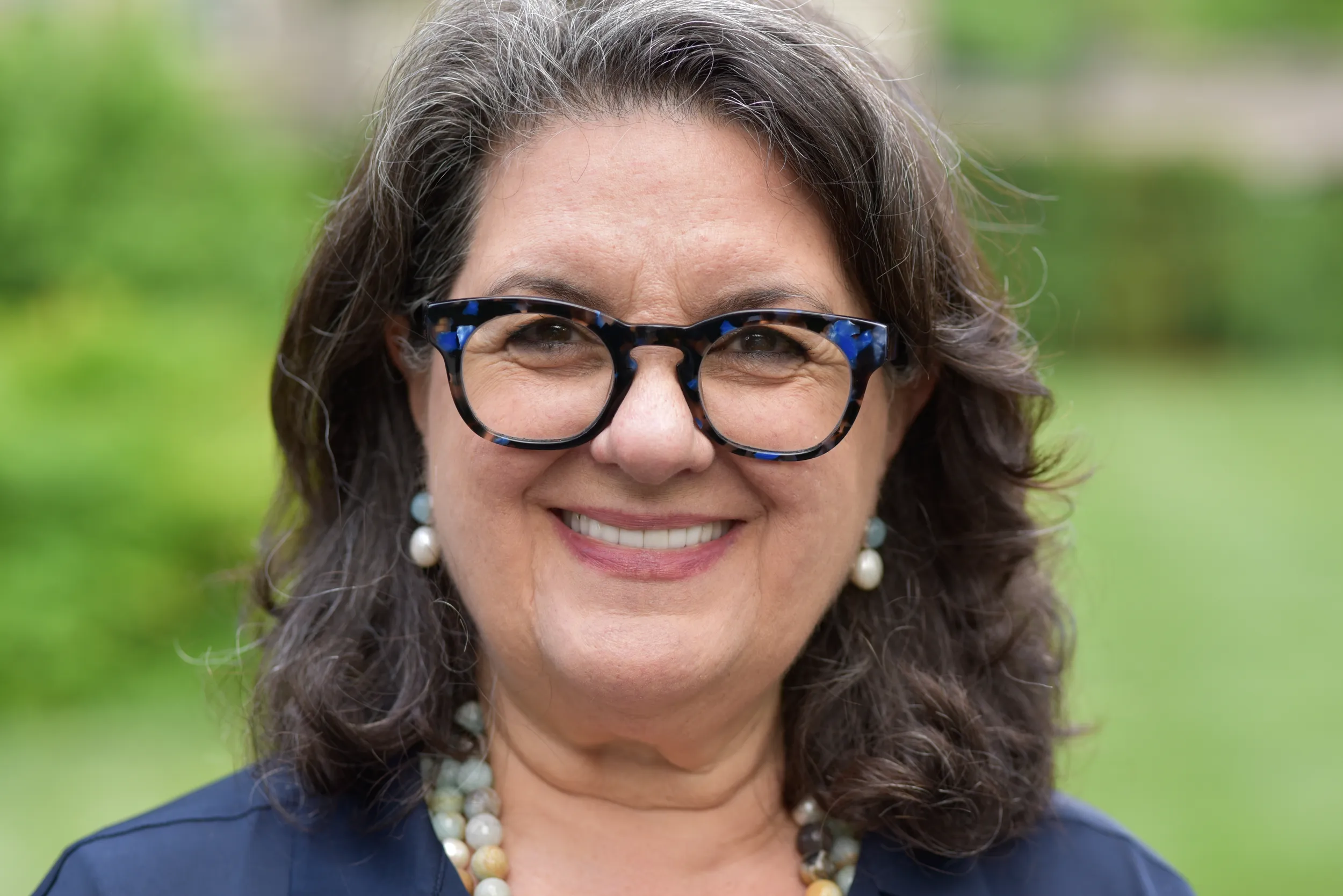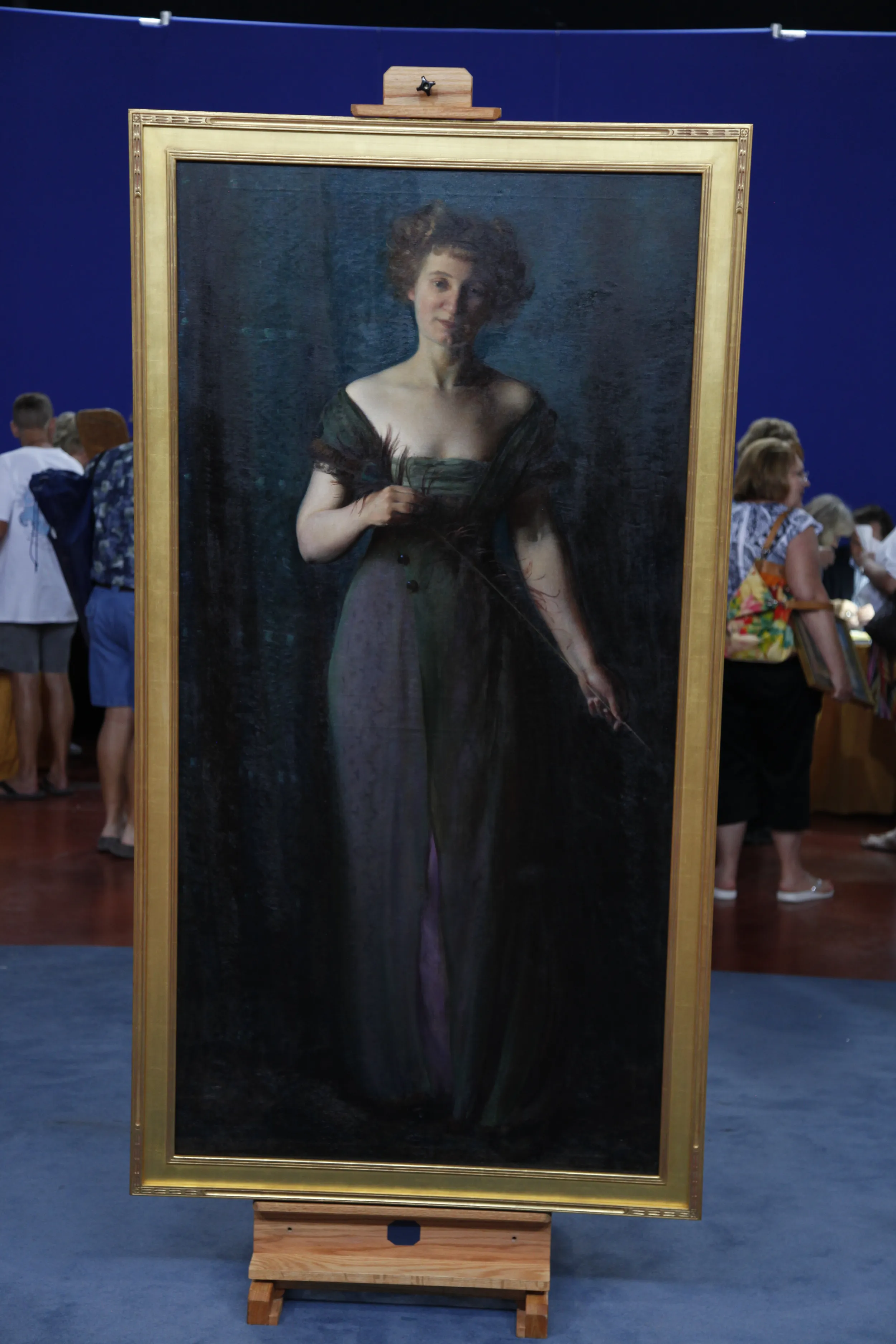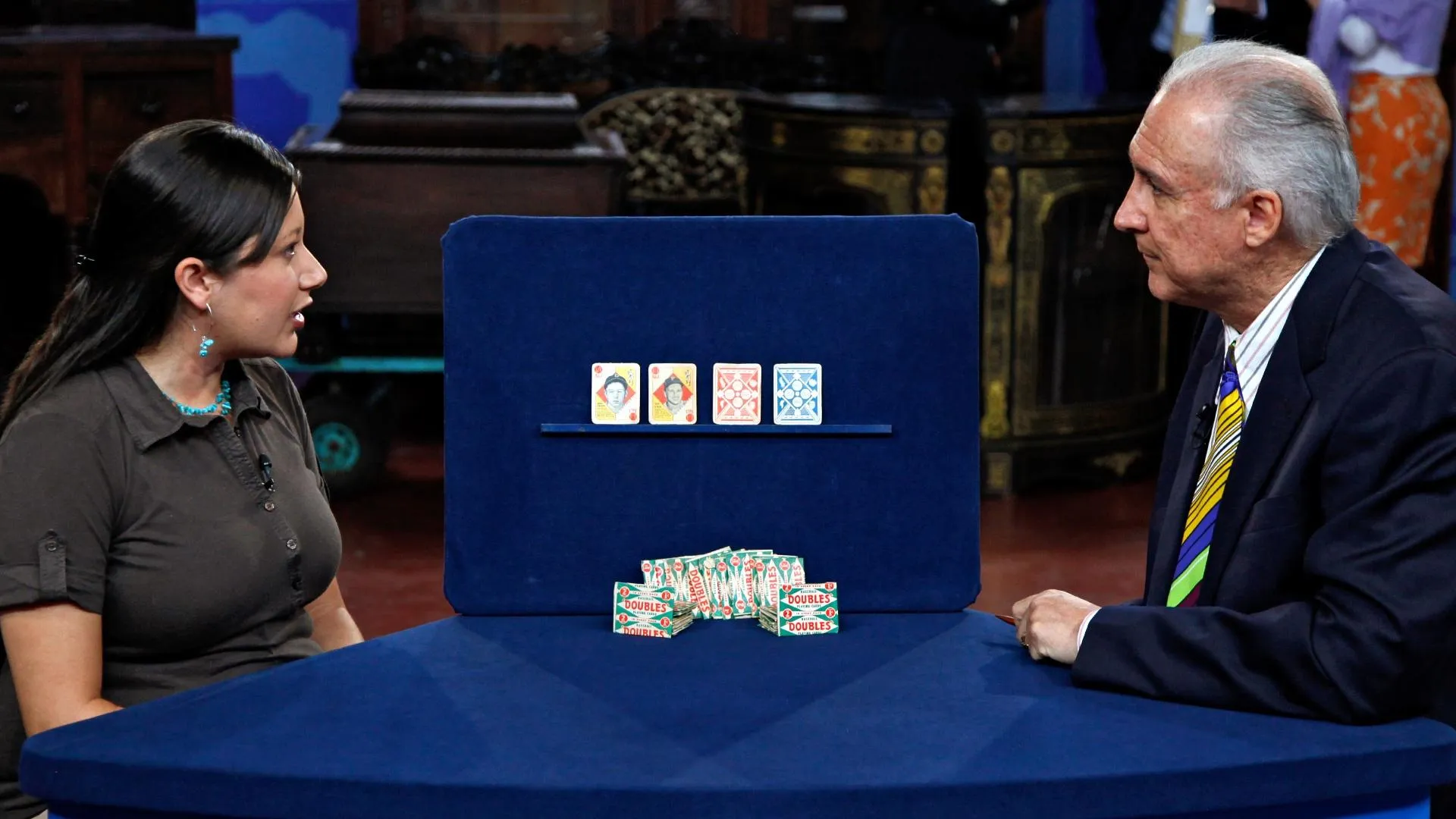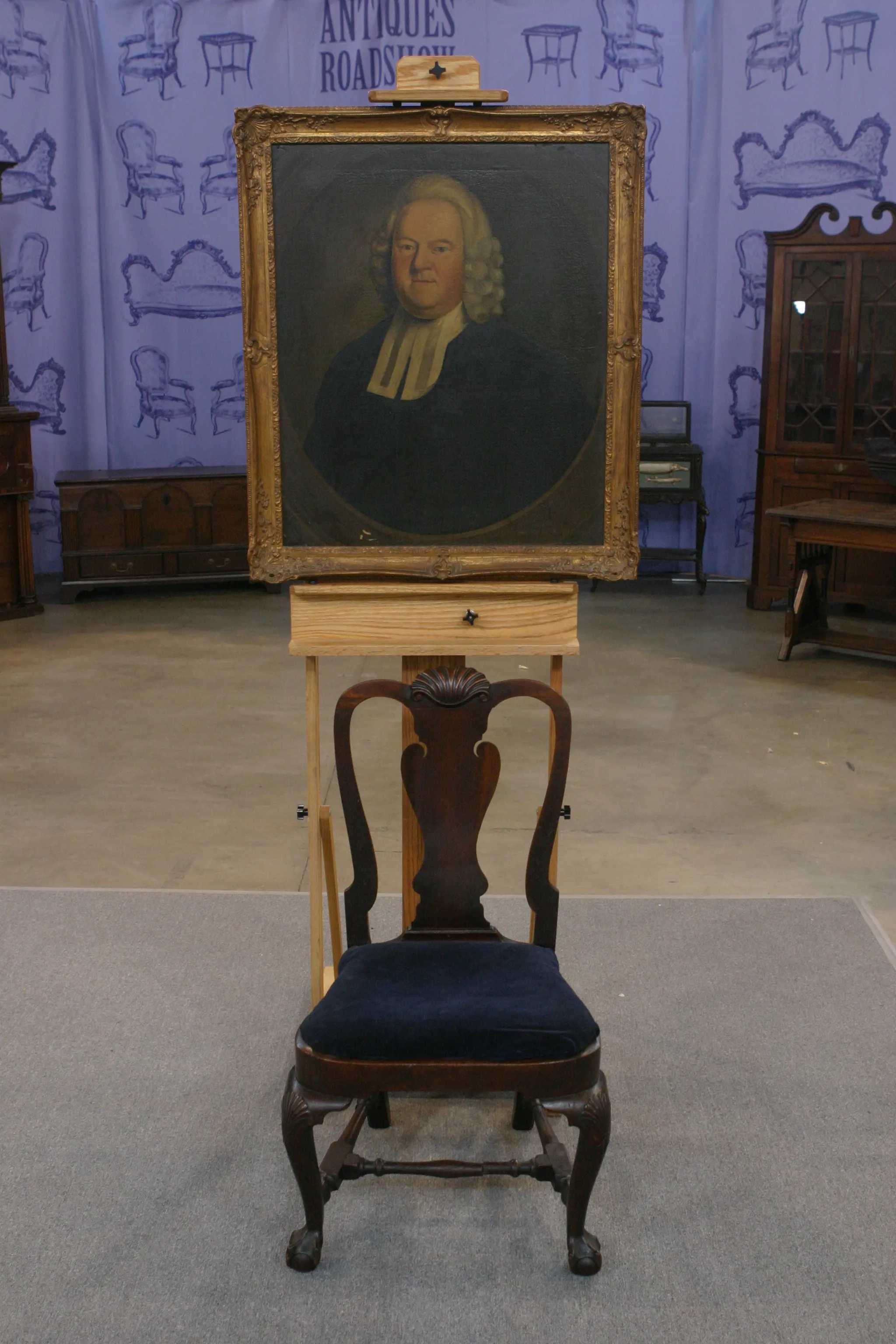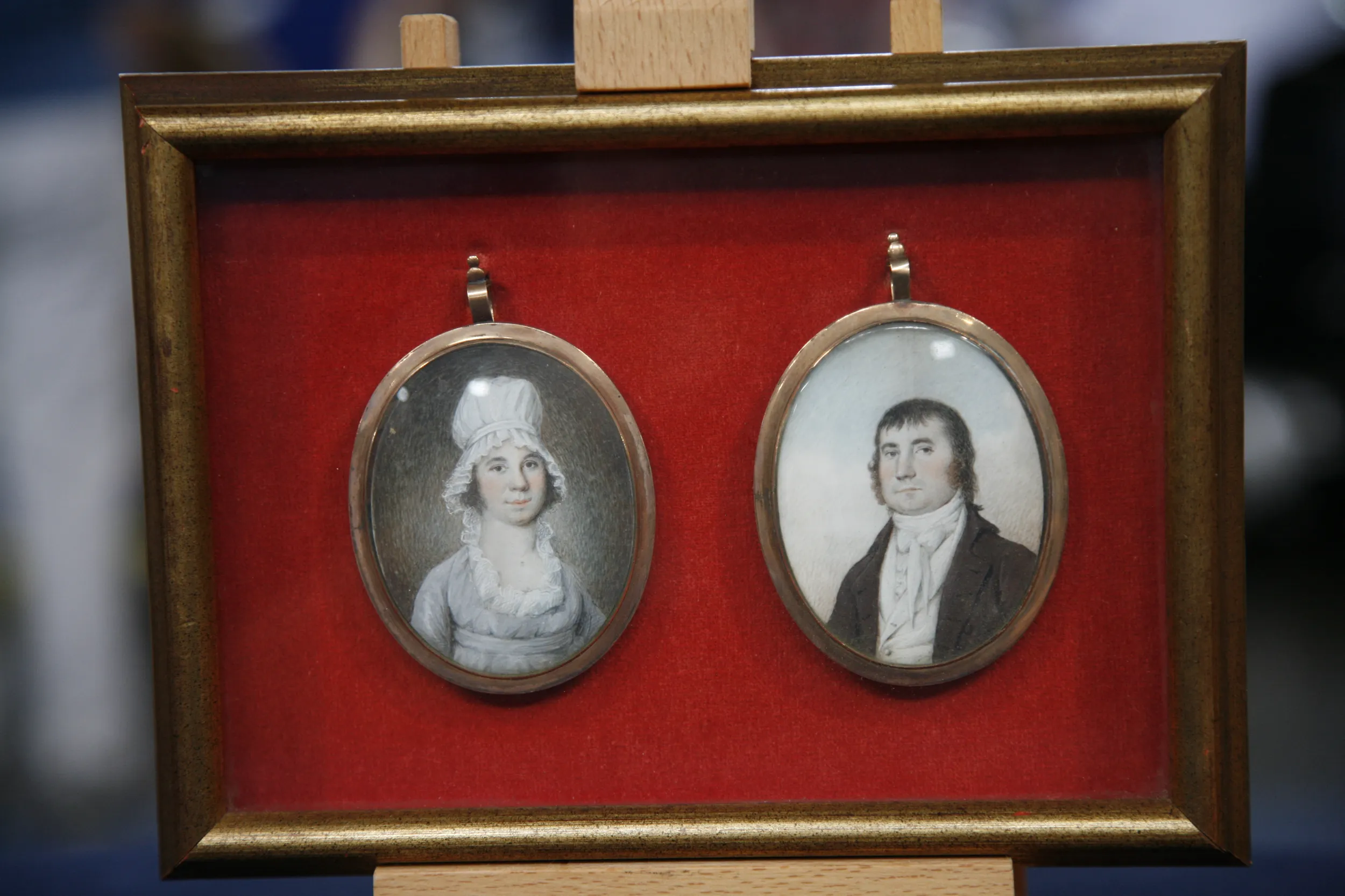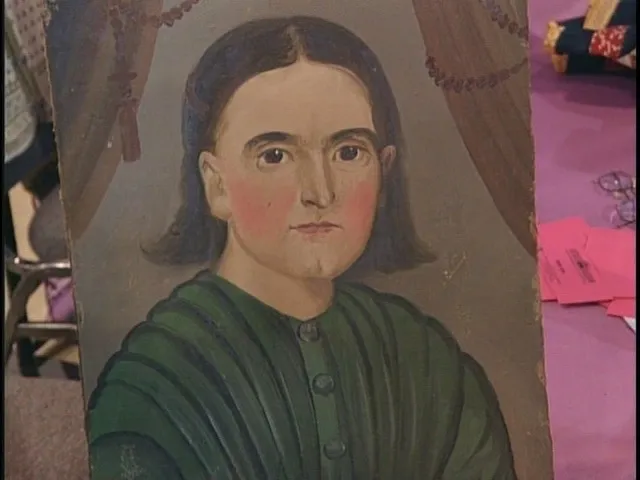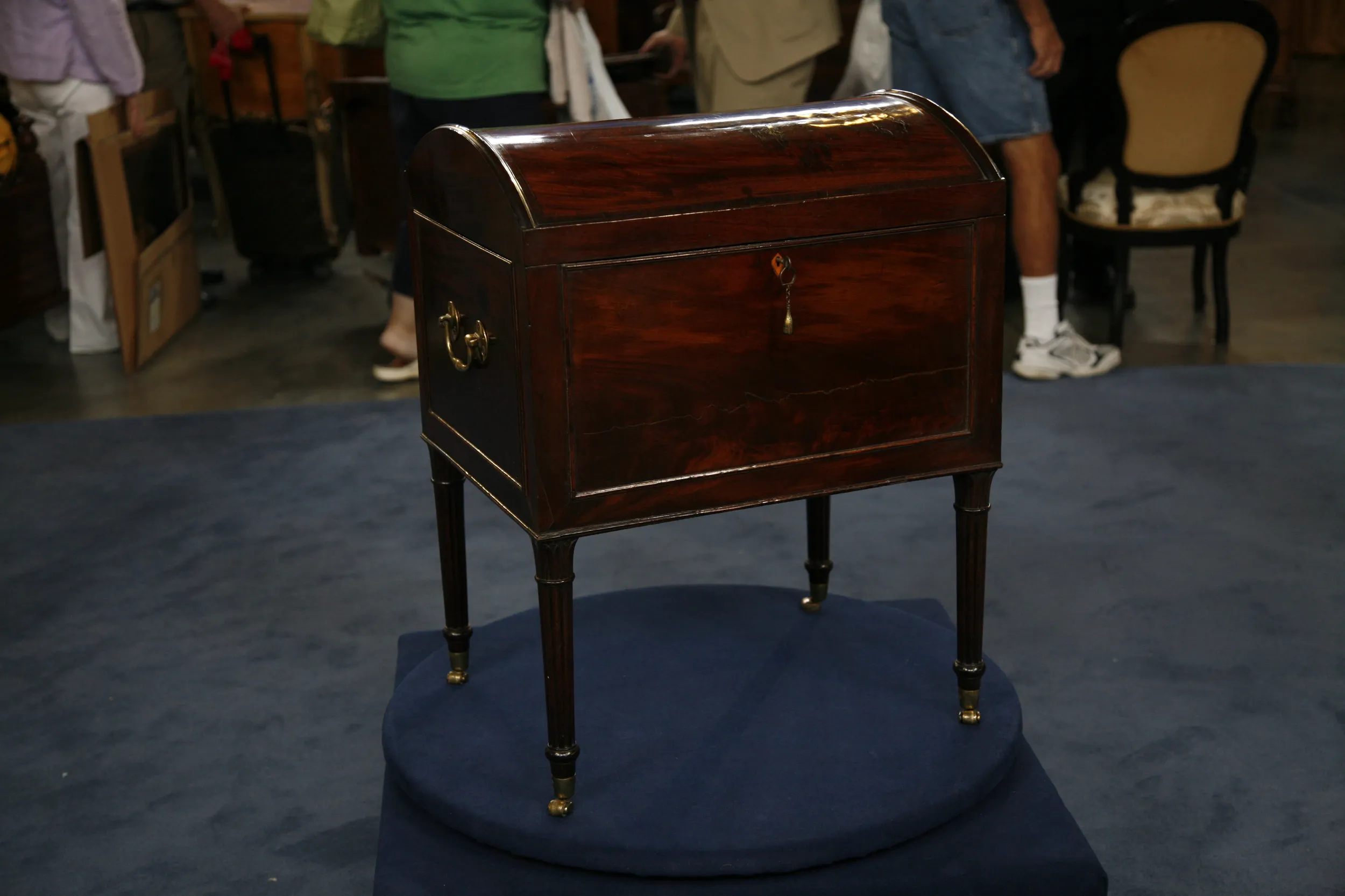GUEST: This is a portrait of my Great-Aunt Honor, which for my whole life growing up was leaning against the wall in the dining room. I now know that it was 1963 when they walked it into the house, and I'm sure my mother said, "Just set it there for now until we figure out what to do with it," and that turned into 50 years.
APPRAISER: And it never moved.
GUEST: Never moved. It was not in great shape-- it was sagging, it was very dirty-- and it just recently has been with a professional conservator, and it's just so much improved.
APPRAISER: And she is quite beautiful. What can you tell me about her?
GUEST: She never married. She and another sister were both spinsters, but were quite entrepreneurial. Born in Chicago, but they lived in Waco for many years, and together with another family member had a very successful bookstore and tea room…
APPRAISER: Ahh.
GUEST: …In Waco. She was a big promoter of literature that she liked. And one person that she particularly liked was a very well-known Irish novelist in the late 1800s, early 1900s named George Moore. And in 1907, she just took it upon herself to just go to Ireland and show up at his doorstep, and said, "I think you're great and I want to meet you." And he was, I guess, flattered enough that he wrote a story about her.
APPRAISER: Oh, how fabulous.
GUEST: It was called "Euphorian in Texas," a very literary name.
APPRAISER: Well, she was obviously quite the personality. She's standing full front, very bold position. Charles Courtney Curran, the artist, is a very well-known artist. And by 1912, he would have been in his prime. He was born in 1861 in Kentucky. He was trained in New York and then Paris in 18... in the late 1880s, 1890s, where umm, he would have become quite knowledgeable about all of the best, most exciting trends of the day. She's very bold; he really captures her personality. And there are, you know, some wonderful nuances here in this painting that I think are very important to point out. First of all, she's wearing what had to be a designer dress of the day. Secondly, holding the peacock feather, the peacock feather is a symbol of renewal and rebirth. Lastly, she's standing in front of a Herter Brothers tapestry. The Herter Brothers were also part of that aesthetic movement, but in New York. The painting is signed in the lower right and the date of the painting is 1912. Curran used oil on canvas in this work, as with most of his paintings. And when you had it at the conservator, it was insured for what?
GUEST: Pretty much the cost of what we were going to be spending, around $5,000.
APPRAISER: Have you checked into any values of late?
GUEST: When we discovered that it was Curran, we looked him up, saw that he was a well-known artist in the Metropolitan Museum and the Smithsonian and other major museums, but all of the work we saw was his more well-known work: outdoor, airy scenes, blue skies…
APPRAISER: Right.
GUEST: …People in white dresses and things.
APPRAISER: Right.
GUEST: So completely different than this, that although we see that there's value, we really had no comparison.
APPRAISER: Well, I would think that in a retail replacement insurance value, you would expect to see this at $125,000 to $150,000.
GUEST: That's fantastic. Well, since she's always going to be part of the family, I guess I'll be calling my insurance agent Monday first thing.
APPRAISER: Good idea.
